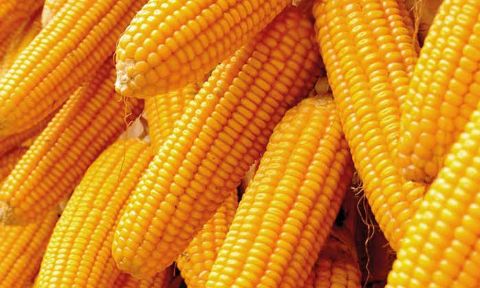Turmeric is one root crop that receives less attention from Nigerian farmers, but experts say it has huge potentials for local industries and export. Dr. Eddy Nwaogu, the Head, Nyanya Outstation of the National Root Crop Research Institute, Umudike, has been working on the genetic improvement of ginger and turmeric for many years now. He took the reporter through this ‘Golden Spice of Life’ and reveals how Nigerian farmers could spice up their lives through export earnings from the crop.
Turmeric is botanically called Curcuma Longa. Turmeric is a tropical perennial plant, native to India and Indonesia and is cultivated throughout the tropics around the world. It is also known as the ‘golden spice of life” and is one of the most essential spices used as an important ingredient in culinary all over the world.
Uses of turmeric
Turmeric is a spice crop having its own application in a variety of ways. Turmeric contains bioactive compounds with powerful medicinal properties. Turmeric is the spice that gives curry its yellow color. It has been used in India for thousands of years as a spice and medicinal herb. Turmeric is used in dyeing industry to dye clothes and fabrics. It is used to impact colour on our food. It is used as spices such as, thyme, curry and so on. In addition, in India and China, turmeric has wide application in their hospitals for medical treatment of certain diseases.
Why production is low in Nigeria
Lack of awareness on the potentials and uses of turmeric is among reasons why most people do not go into its production. Turmeric production is left in the hands of a few farmers in Nigeria, most of who use crude implements in their farm operations. Another important factor responsible for low turmeric production in Nigeria is lack of credit facilities for smallholder farmers-a situation that makes it difficult for them to procure fertilisers and other agro-chemical inputs for sustainable turmeric enterprise. Added to the above reasons is the inherently low soil fertility status of the soils in Nigeria, which accounts for more than 40 % of the yield reduction in turmeric.
How to cultivate turmeric
Turmeric is grown both under rain fed and irrigated conditions. Like other tuber crops, turmeric also requires deep soil tilt and heavy manure for high yields. After selecting suitable cultivation site, beds of convenient length and width are prepared, based on the topography of the land.
Soils for turmeric cultivation should be rich and friable with plenty of organic matter. Though turmeric is suited for a number of soil types, loams and sandy loam soils are preferable. Flat land with little or no slope is recommended. Bed preparation can be done by use of a tractor or it can be manually done, using a spade or a hoe. Planting is done mostly on raised beds when the rains must have stabilised i.e. May-June. Planting distance of 30 cm x 50 cm is often adopted for turmeric planting.
Turmeric can also be grown in intercrop with other crops such as maize, okra, pepper and mung bean. For good crop yield and maximum farmer economic return, it is advisable to mulch turmeric plot after planting and fertilise turmeric plot using a combination of inorganic fertiliser like NPK and organic fertiliser such as poultry or cow dung manures.
Turmeric readiness for harvest is indicated by the drying of the plant and stem, approximately seven to 10 months after planting, depending on the soil and growing conditions.





746980 93589I like this weblog it is a master piece! Glad I discovered this on google. 626573